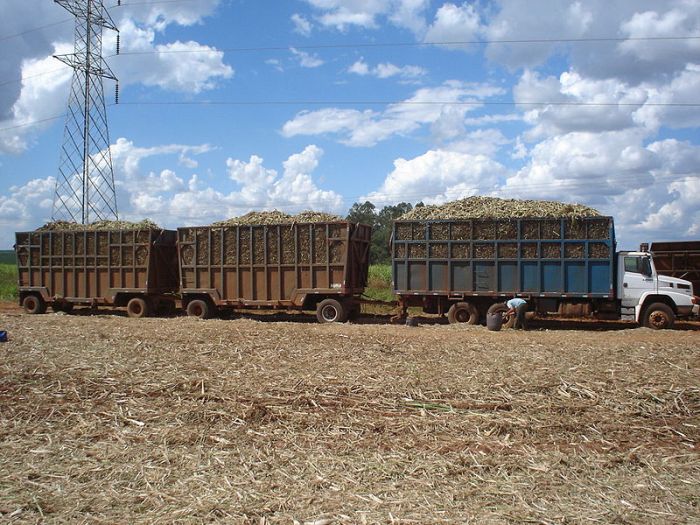Can you believe that by 2025, the worldwide smart agriculture market is expected to soar to a staggering $15.3 billion? Factors such as growing populations, escalating food demands, and innovative farming technologies fuel this expansion. As agricultural tools become increasingly intelligent, internet access turns into an indispensable asset for rural regions—empowering farmers to tap into state-of-the-art advancements like IoT devices, data analysis techniques, and beyond.
Benefits of Internet-Enabled Agriculture
By implementing smart devices and internet connectivity in farming practices, you can unlock numerous benefits. Improved efficiency is one advantage as these technologies can help automate processes such as irrigation, fertilization, and harvesting. Moreover, farmers are better positioned to respond swiftly to unforeseen circumstances like pests or diseases with real-time data at their fingertips. These solutions can also promote sustainable practices since intelligent monitoring systems aid in optimizing resource usage while minimizing waste.
Rural Infrastructure Challenges
Despite the advantages of smart agriculture, barriers exist when it comes to rural internet access. Infrastructure constraints in remote areas make it difficult for reliable connectivity. Limited broadband coverage and slow speeds hamper agri-tech adoption, hindering its impact on rural communities. Additionally, the cost of installing new infrastructure can be prohibitive for small-scale farmers who already face tight budgets.
Expanding Connectivity in Rural Areas
To expand internet accessibility in rural regions and revolutionize farming operations, multiple real-life examples provide potential solutions. One instance involves “white space” technology which utilizes unused TV frequencies for broadband services – delivering faster speeds via longer distances compared to Wi-Fi or cellular networks. Another promising approach is deploying low Earth orbit (LEO) satellites dedicated to providing high-speed connectivity irrespective of geographical location.
Government Initiatives for Internet Access
In the US, federal grant initiatives like the Connect America Fund (CAF) strive to bring affordable high-speed internet to rural communities lacking adequate access. Moreover, organizations such as the USDA’s Rural Utilities Service diligently pursue closing the digital divide by investing in contemporary telecommunications infrastructure and solutions.
Private Sector Partnerships and Solutions
Collaborations between the public and private sectors are essential in enabling mass adoption of smart agriculture technologies. Companies like Microsoft have initiated programs like the Airband Initiative, targeting rural broadband access expansion by partnering with telecom providers and advocating for policy changes. John Deere is another example; their website showcases partnerships with companies that specialize in developing cutting-edge agricultural software and analytics tools to enhance farming outputs.
Impact of Internet Access on Farmers
As internet accessibility improves, farmers’ lives change dramatically. They can access real-time weather updates, market trends, and competitive pricing information to make informed decisions about their crops. The ability to communicate seamlessly with other farmers fosters knowledge sharing – driving innovation across the industry. Additionally, online educational resources help expand their skill sets, ultimately maximizing their farm’s productivity.
Improving Farm Management with IoT
The Internet of Things (IoT) plays a notable role in optimizing farm management processes. IoT devices help monitor soil moisture levels, pH balance, temperature, humidity, and more – creating an interconnected network of sensors providing vital data to farmers. With these insights at hand, adaptive strategies can be employed for tailored crop cultivation practices suited to specific environmental conditions – resulting in robust yield production and minimal waste.
Enhanced Data Analysis and Decision-Making
Harnessing the power of data analytics puts farmers in a better position for effective decision-making. Collecting vast amounts of information from IoT sensors allows them to analyze patterns related to soil fertility and crop health variables more closely. Machine learning algorithms can then process these datasets – generating insights for improving future cultivation choices and possibly uncovering new opportunities never realized before.
Future Implications for Rural Communities
As farming practices become increasingly digitized due to high-speed internet adoption across remote areas worldwide, there will be significant long-term implications for rural communities. Smart agriculture can potentially revolutionize local economies, encourage job growth, and empower a new generation of tech-savvy farmers. However, ensuring these benefits reach all strata of society will hinge upon streamlined amalgamation between governments, private companies, and locals.
In conclusion
The convergence of farm equipment with cutting-edge technology is transforming the agriculture sector – emphasizing internet accessibility as imperative for future success. By addressing infrastructure challenges in rural communities, adopting IoT solutions, and leveraging data analytics for informed decision-making processes – smart farming reimagines traditional agricultural landscapes while bringing about revolutionary change for both farm owners and surrounding communities. Together, both federal and private entities must make concerted efforts to bridge the digital divide – unlocking the true potential of smart agriculture for all.



























